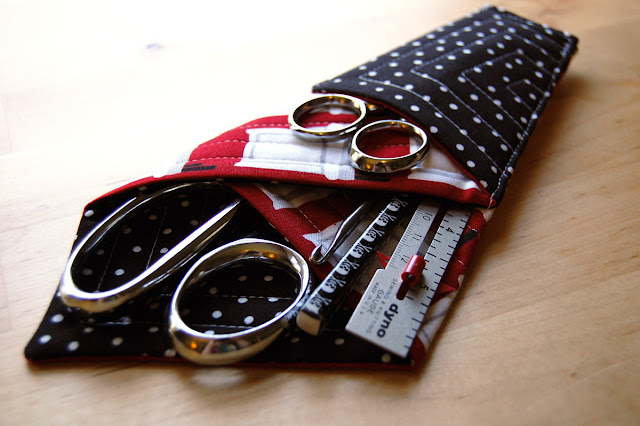300+ Years of Color Theory: The Principles of Light & Color
This book is included in a reading list on the history of Color Theory. Find the homepage for the series here.
Originally published in 1878, I read the Faber Birren reprint of The Principles of Light & Color: The Healing Power of Color published in 1967.
The first Color Theory books on the reading list were compiled by some of the world’s best-known scientists and thinkers. This book’s author not only helped spark the still thriving cult of color therapy over 130 years ago but also earned the unfortunate reputation of a Quack Doctor.
While there are many studies today on the subject of color psychology, Babbitt takes his personal theories and builds an entire system of what he terms Chromopathy (also Chromotherapy), or the “medical practice” of healing with colors. Many Color Theorists have written about the physiological effects of color, even Goethe noted in his book on colors how some hues are associated with “emotions of the mind.” For instance, Goethe labels Yellow as a positive color, associating it with light, warmth, and action; he labels blue a negative color, associating it with darkness, coldness, and weakness.
Babbitt’s beliefs in the physiological and healing powers of colors reach dizzying, unbelievable heights as he creates a new system of color healing where he documents simple colored lights curing even the most deadly of diseases and medical conditions. Not to mention his belief that a few special people can see an “Aura” or Odic Light around objects or people, and can read minds as well.
Babbitt’s color system is loosely based on the Subtractive color system that artist’s use, and follows the basics of Moses Harris’s system: Red, Yellow and Blue are the primary colors that mix to make a secondary set of Orange, Green, and Violet. He creates what looks like more of a color chart than a wheel illustrated in his book. Other Color Theorists expand upon the relationship of the colors to each other or elaborates on color harmonies, but Babbitt is more interested in particular properties he’s assigning to different colors.
Red is a warm, stimulating color associated with the blood.
Yellow/Orange are stimulating colors associated with the brain and central nervous system.
Blue/Violet are cold, contracting colors to the overall system.
You might be wondering how Babbitt expects to heal with colors, and in the middle chapters of his book, he introduces three of his Chromopathic inventions. The Chromolume, the Chromo-disk, and the Chromo-lens.
The Chromolume looks like a majestic stained glass window made specifically with different colored glass sections to correspond with each area of the body. Treatment with the Chromolume consisted of placing the giant stained glass instrument in a sunny window and allowing the colored light to fall fully on the patient. Unfortunately, I haven’t been able to find any pictures of a Chromolume – either no one today has made one, or is crazy enough to document it online!
The Chromo-disk is a simple device that shines a light on specific parts of the body. Different colored lenses can be placed in front of the light depending on what kind of healing rays are needed. I’m not sure shining a colored light at any part of your body could cure a serious disease, but it is interesting that you can purchase simple light boxes and lamps that are proven to help with Seasonal Affective Disorder.
The Chromo-lens was to me the strangest of Babbitt’s healing magic. These were just big lens-shaped bottles in different colors, meant to hold a liquid to imbibe it with the special powers of the colored light. Once a liquid was put in the bottle and exposed to light, it was ingested by the patient.
Other highlights of this book are the great imaginary way that Babbitt describes the atom and its parts, including intricate spirals that create frictional electricity and spectral colors and a vortex of whirling ethers passing through the center of the atom, and a pretty fantastical description of the magnetic and colorful fields generated by the human brain.
Definitely a different breed of book, and pretty safe to say this one will not appear in my list of top favorite Color Theory books! Still, I am glad to have read it for the different perspective on how Babbitt imagined colors to be important to human psychology and health.
Now! I am ready for the next book on the list - are you?






Comments
Colors shined on the body, or more to the point, onto the aura, will stimulate physiological activity in the organs and glands. Acupuncture is really a system of measuring electrical activity. And, particular colors affect the energetic output of particular organs, glands, and systems.
The fact that blue light gets rid of jaundice in a baby should be your first clue that there is something to this. It should have been enough to make you experiment.
Blue light shined on 3rd-degree burns will take the pain out in a short time, and the effect is lasting, not just while the light is shined.
Exposure to red light periodically every day will improve a weak cardiovascular system in a variety of ways.
There is no way you read the entire book just to dismiss it.
Not sure what your game is.
My "game" as you refer to it, is to read as many different historical books pertaining to the human perception and study of light. This was just one of the books I read, and this blog post reflects only how I feel about it.
I appreciate you taking the time to add your opinions about this book, and encourage you to read more about color and how we perceive it. Best - Erika